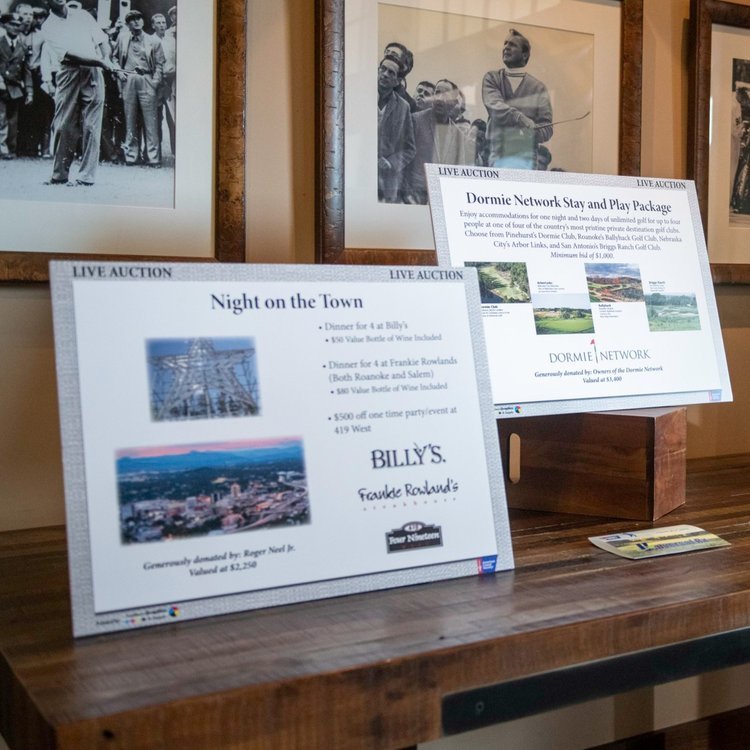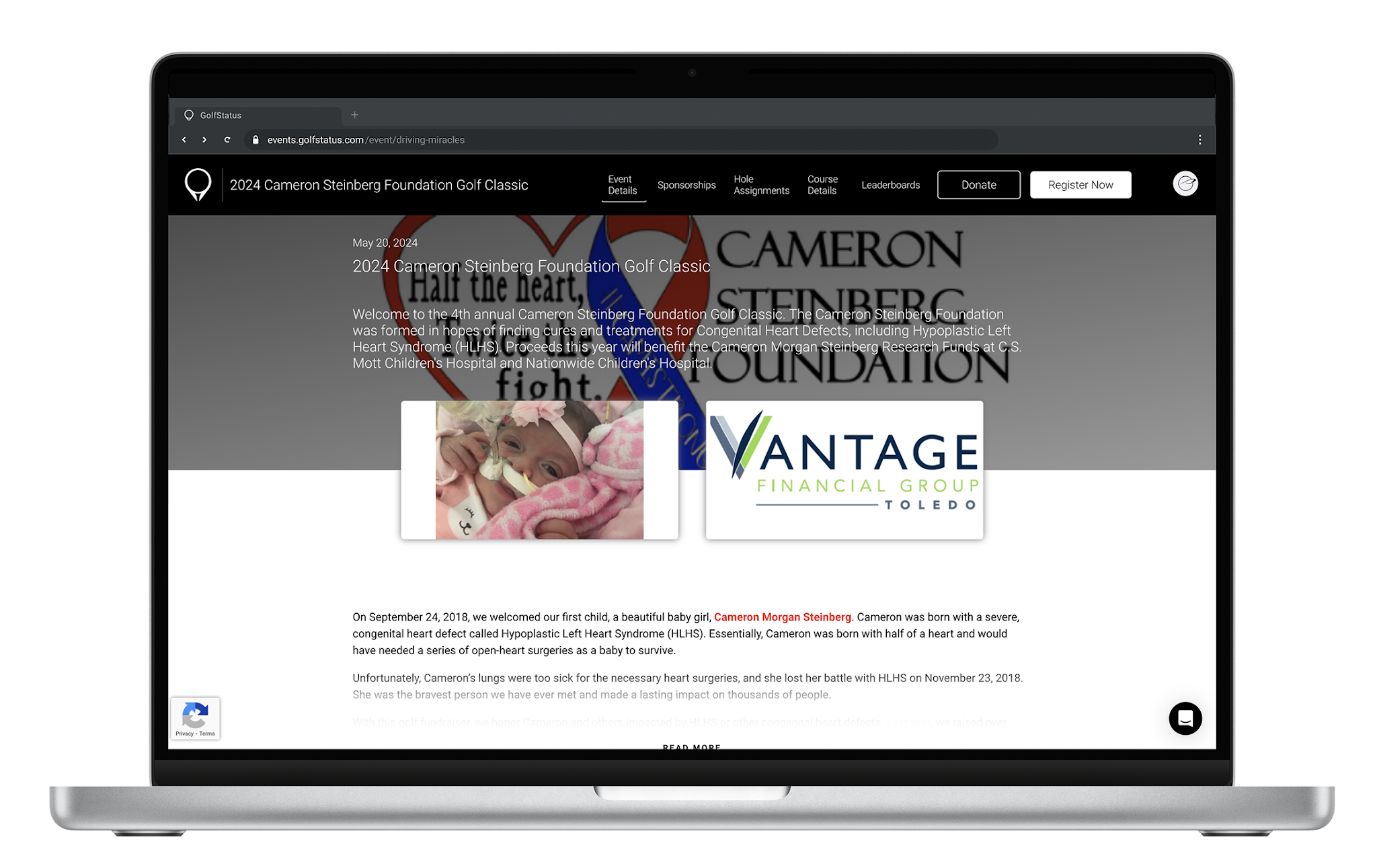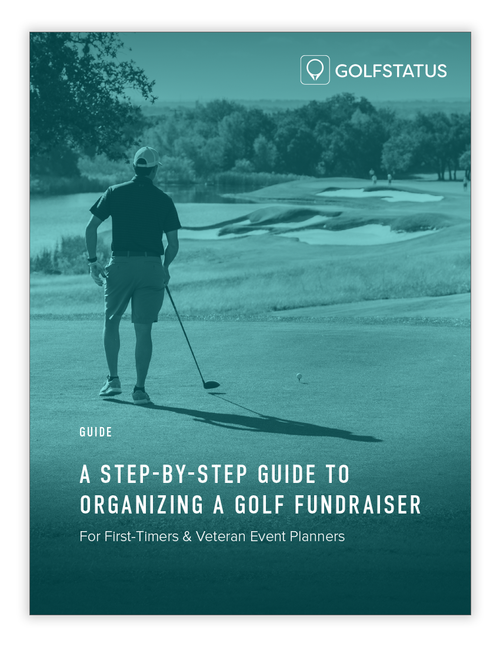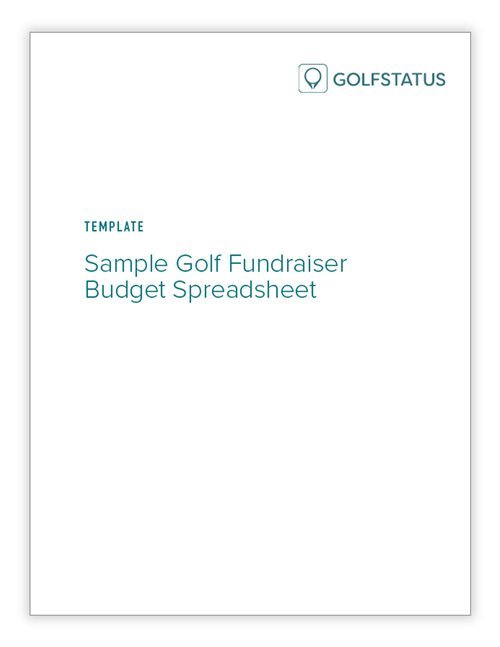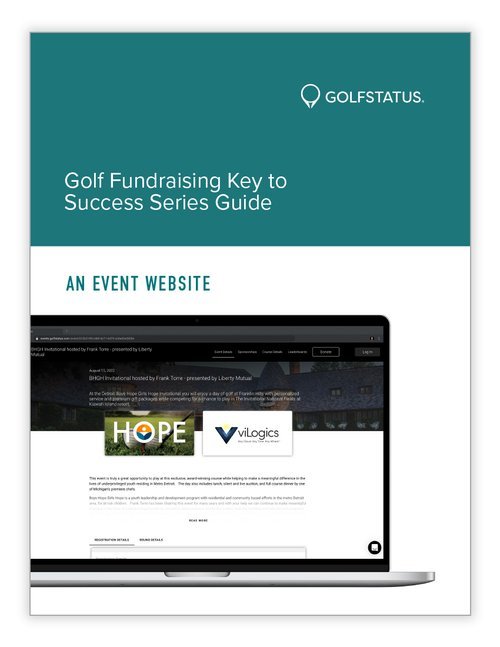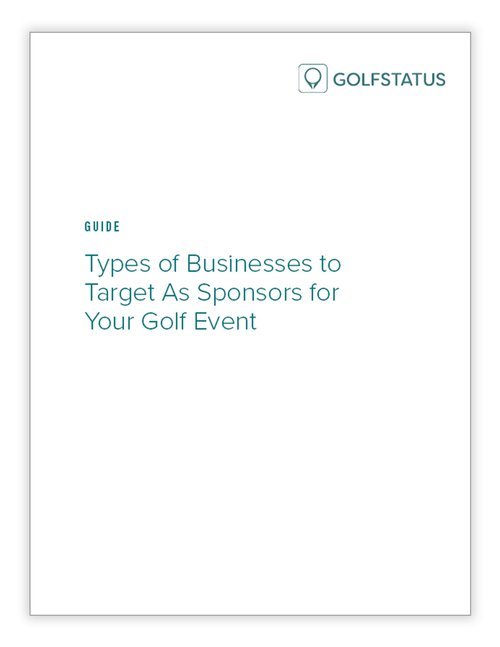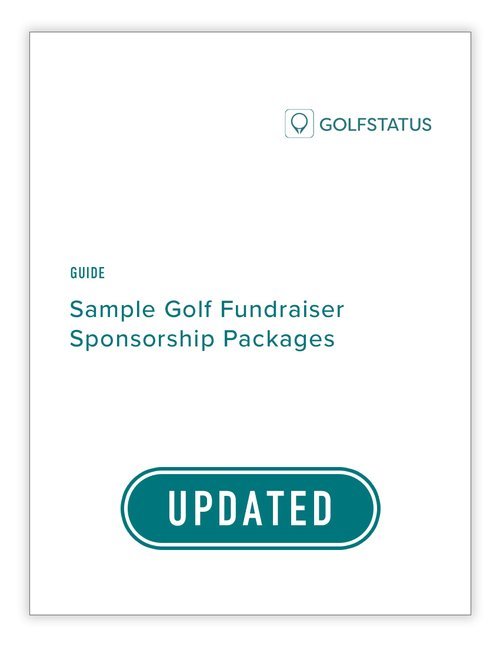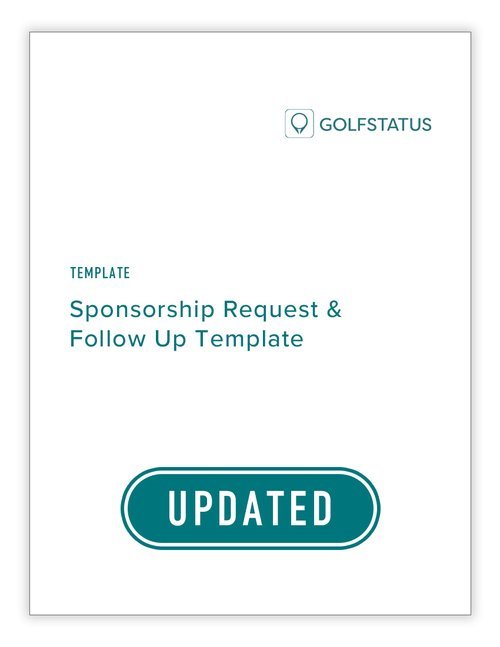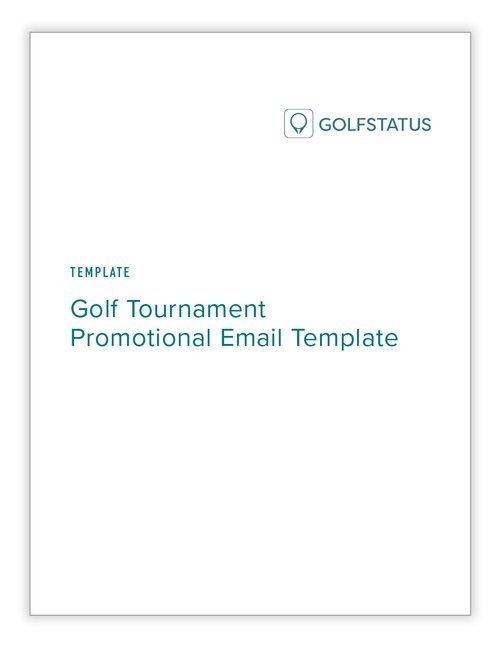by Jen Wemhoff, Communications Manager at GolfStatus
It happens all too often—nonprofits looking to add a new revenue stream to their fundraising portfolio write off the possibility of a golf tournament because they have preconceived notions about such events. From misunderstandings about income potential to doubts about their true impact, these myths can deter organizations from jumping into golf fundraising.
Here are seven common myths about charity golf tournaments—and the facts that prove them wrong.
Myth #1: You have to know all about golf to be successful
Fact: You don’t have to be a golfer or understand the intricacies of the game to plan a lucrative golf tournament.
A deep knowledge of the game simply isn’t necessary. In fact, many successful golf tournament organizers aren’t golfers. What do they have to help them be successful? A golf-specific tool that helps them manage the intricacies of a golf event. The key here is using an event management platform that’s designed for golf and makes it easier for tournament organizers of all experience levels to plan, manage, and execute a lucrative golf tournament. You’ll want a software solution that lets you effortlessly collaborate with your planning team and the golf facility and has a knowledgeable, responsive support team to help you along the way.
Myth #2: It’s impossible to make money from a golf tournament
Fact: Golf tournaments have a ton of revenue potential.
Whether you hold an 18-hole golf tournament at an exclusive, high-end private golf club or a putt putt event at a local mini golf course, golf comes with a ton of fundraising potential. While there are certainly expenses associated with a golf event—such as facility rental, greens fees, cart rental, food and beverage, player gifts, and promotional expenses—there are even more opportunities to bring in funds. Sponsorships are where you’ll likely raise the bulk of your tournament’s money, but they can be supplemented by golfer registrations, add-ons like mulligans or contest entries, raffle tickets, auctions, on-course games, or donation appeals.
Download a free budget template
This sample golf fundraiser budget spreadsheet helps charity golf tournament organizers outline, plan, and manage the event's budget. Simply add your tournament's specific information and get a clear overview of all revenue and expenses associated with the event, track vendor estimates, and instantly see a profit-loss summary.
Look for an event management platform that comes with multiple avenues to raise additional funds, such as:
Premium digital sponsorships
The ability to collect donations on your event website
The ability to pass processing fees on to registrants
The ability for registrants to “round up” their order total
Custom registration packages for mulligans, contest entries, raffle tickets, and more
An attractive, professional event website makes it easy to raise even more money from a charity golf tournament.
Myth #3: I don’t need golfers in my donor base
Fact: Golfers represent a highly desirable demographic of potential donors.
If you’re not holding a golf tournament, or worse yet, not collecting golfers’ donor data, you’re missing out on an affluent, influential demographic of the population. In general, golfers have a significantly higher than average net worth and annual income—giving them a higher capacity to give. Over half of golfers are between the ages of 25 and 55, an age group with a great deal of spending power and an interest in supporting charitable causes through a sport they enjoy.
What’s more, when golfers tap their networks to assemble a team for a charity golf outing, your donor base instantly expands, exposing even more people—and more potential donors—to your work and mission. Your tournament’s sponsors also present an opportunity to forge strong relationships with new or existing corporate partners for support beyond your golf event.
Myth #4: Golf Tournaments Are Outdated & Boring
Fact: Golf is more popular than ever.
The National Golf Foundation reports that 531 million rounds of golf were played in 2023, which surpasses the previous record high set in 2021. In general, rounds played are up 10% from the pre-COVID average between 2015 and 2019. Roughly one-third of the total population of the United States (over the age of five) interacted with the sport in some way in 2023, either by playing golf, following it on TV or online, reading about it, or listening to a golf-related podcast—which is up 30% since 2016.
Why are these numbers important? Because charity golf tournaments tap into golf’s surging popularity, meeting donors where they’re already spending time—on the golf course. When golfers are able to support a cause they care about or one they’ve just learned about because they played in a tournament, they’re more likely to come back year after year to engage with that organization.
Charity golf tournaments meet donors where they’re already spending time—on the golf course.
Successful golf tournaments also focus on the overall experience, providing a professional, memorable day for golfers and sponsors. There are a number of ways to add fun, excitement, and even extra fundraising to charity golf tournaments, such as:
Contests, like hole-in-one, longest drive, closest to the pin, or putting
Skins games
Beat the pro contest
Mulligans
Live or silent auctions
Demonstrations on tee boxes
Post-golf entertainment
Custom player gifts
Live leaderboards
Myth #5: Sponsors Aren’t Interested in Supporting Golf Tournaments
Fact: Golf tournaments have a unique value proposition.
Golf events offer a unique blend of engagement, networking, and fun that other fundraising events simply can’t match, making them especially attractive to sponsors. Unlike traditional fundraisers, like galas, golf tournaments provide participants with a full day of an activity they enjoy. The nature of golf encourages interaction and relationship-building in an informal, relaxed setting, which can be especially beneficial for sponsors looking to connect with golfers on a more personal level.
Golf tournaments also present numerous opportunities for creative sponsorships and branding that are less intrusive—but more effective and memorable. The addition of the digital exposure and impressions provided by your golf event management platform gives sponsors multiple touchpoints to gain visibility and recognition throughout the event. Having a variety of sponsorship options also accommodates different levels of financial commitment, making it easier to attract sponsors with varying budgets.
Digital exposure adds a ton of value to golf tournament sponsorships.
Myth #6: Golf Tournaments Are Too Much Work
Fact: With the right technology in place, golf tournaments provide tremendous ROI for nonprofits and charities.
Yes, golf events come with a number of moving pieces and unique details to handle. But having the right resources at your disposal saves time, effort, and hassle. Technology specific to golf tournaments simplifies planning, management, and execution, with baked-in solutions that make it a breeze to:
Promote your tournament
Collect registrations
Build and sell custom sponsorship packages
Onboard sponsors and provide digital exposure
Manage golfer and sponsor data
Make hole assignments
Collaborate with the golf facility’s staff
Print day-of documents
Run reports and track payments
Instead of siloed information across multiple platforms and spreadsheets, golf event management tech makes everything accessible with one login. And unlike traditional event management platforms that require endless workarounds to function properly for a golf tournament, you can handle golf-specific tasks like GHIN handicaps, team pairings, hole assignments, and live scoring with just a few clicks. The end result? A ton of time savings and more money raised for your mission.
GolfStatus’ in-house client success team is available with live support seven days a week.
Myth #7: There’s No One to Help Me
Fact: Tools, resources, and support are available to help you hold a successful charity golf tournament.
You aren’t alone! Help is available, from software solutions and tournament planning resources to troubleshooting and live support seven days a week. Nonprofits, charities, and third parties holding golf events to benefit a cause can qualify to use GolfStatus’ golf event management platform at no upfront cost through the Golf for Good giveback program. You’ll get a free golf tournament website, online registration and payment processing, live scoring and leaderboards, exclusive sponsorships and add-ons, and a dedicated client success rep there to help you every step of the way. Click the button below to learn more and get qualified for Golf for Good!
























